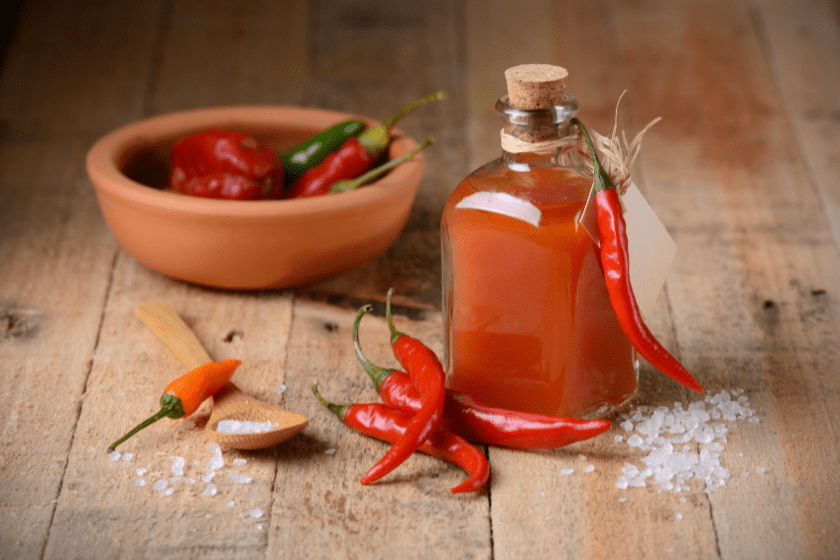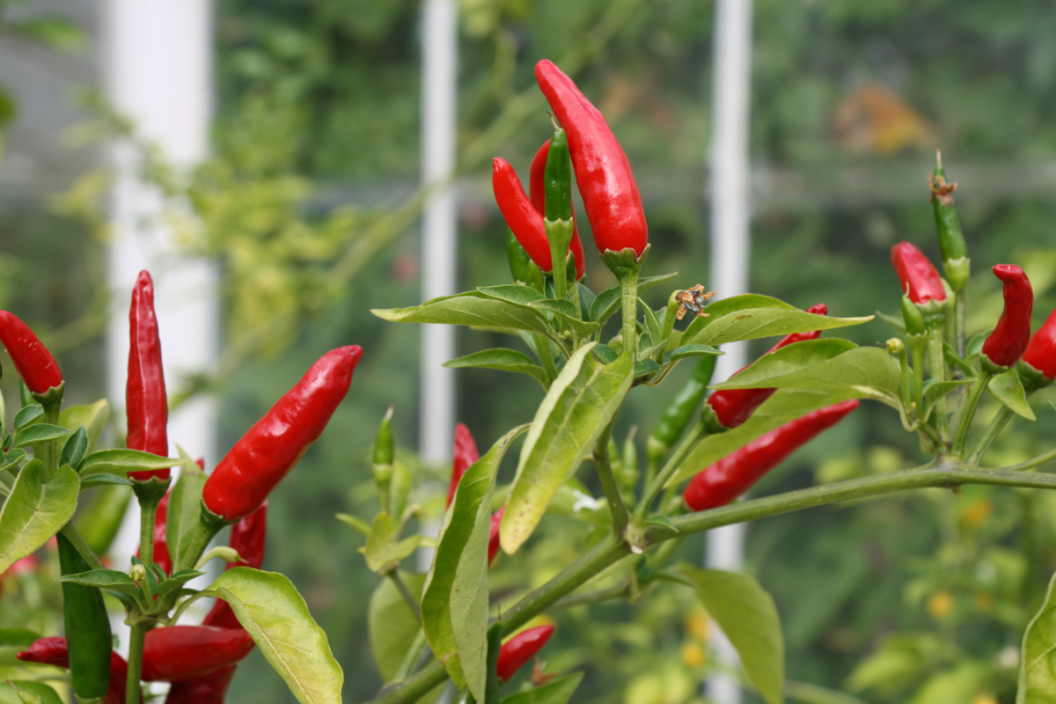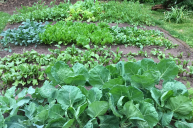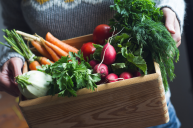With summer on the horizon, it's the perfect time to start planting peppers. Peppers grow like weeds in the warm weather and there's nothing quite like grilled peppers and onions with your summer barbecue. Growing your own peppers will make it easy for you to make your own salsas and sauces for any summer hangout.
The Tabasco Pepper

Tabasco peppers, perhaps most famously known as the pepper in Tabasco sauce, is a great pepper to grow this year. The smoky flavor of this pepper is perfect for Mexican or Cajun dishes.
These peppers are spicy. On the Scoville scale, they sit between the "medium" jalapeño and the extra hot habanero pepper.
Originally from Mexico, these peppers require warm weather to grow. Gardeners will want to make sure they are approaching consistently warm days — in the mid-to-high 70s and low 80s Fahrenheit — to set their tabasco peppers up for success.
Gardeners may want to start their peppers inside about 8 weeks before the last frost. Make sure that you put your starter peppers in a place with plenty of direct sunlight. Growers who live in warmer climates can start their peppers outside.
A great way to support the growth of your tabasco peppers is by using compost in the soil. Compost is readily available whether you use your own DIY compost, buy it from a big box store like Lowe's or Home Depot, or get some from a local farmer or compost facility.
Compost will provide your pepper plants with much-needed nutrients. The U.S. Compost Council says that even though chemical fertilizers may provide more nutrition at a smaller amount, the wide usage of compost and its "ingredients" bring more total nutrients to the plant.
Make sure that tabasco pepper plants are adequately watered. If you live in a hot, sunny climate, you might even need to water the plants every day since the sun easily dries out the top of the soil. If you notice the soil staying moist, you can change your watering schedule to every other day — just pay attention to the leaves and make sure you don't see any wilting. If your tabasco pepper plant starts to wilt, it likely needs more water.
Like with any plant, you will want to keep a watchful eye on your tabasco peppers. If the plants fail to grow or produce peppers, take stock of their environment. Do the peppers have enough water? Are they getting enough sunlight? Is it warm enough outside for the peppers?
If you answered no to any of the questions above you might want to strategize your planting to give your peppers the best possible chance at success so you can get a bountiful harvest.
Harvesting Tabasco Peppers

Gardener Ron Finley points out that Tabasco peppers will be ready to harvest when they are green, but you can also wait until they are red and fully ripe. When harvesting, it's best to use a tool like gardening shears rather than just plucking the peppers by hand.
Since the peppers are so hot, you need to be careful when handling the peppers. Cutting with shears or scissors ensures that the pepper won't break open. If the pepper does break open — or if you cut into the pepper — the capsaicin will get on your hands. From there, it easily transfers onto anything you touch, including your eyes and mouth, so be sure to protect yourself by wearing gloves or careful cutting methods.
Once you've harvested your peppers, it's time to use them in your cooking! You might want to make something you can come back to again and again like homemade Tabasco sauce or tabasco pepper jelly. You could also pickle your peppers or chop them up and add them to any dish that needs an extra kick.
Growing your own tabasco peppers will be a rewarding and delicious experience. Use the simplified guide and tips below to help you in your pepper production.
How to Grow Tabasco Peppers
- Start peppers inside 8 weeks before frost or plant outside during consistent warm weather in sunny spot
- Water peppers often and keep soil moist
- Support pepper growth with compost
- Harvest peppers when they are green or red and fully ripe




